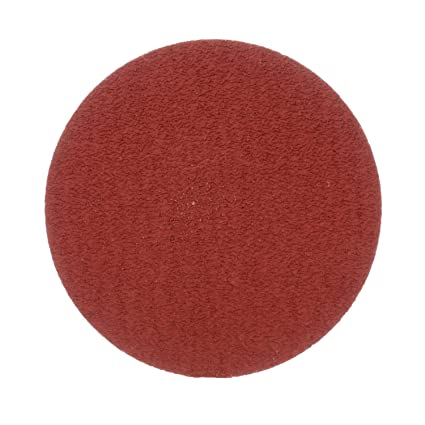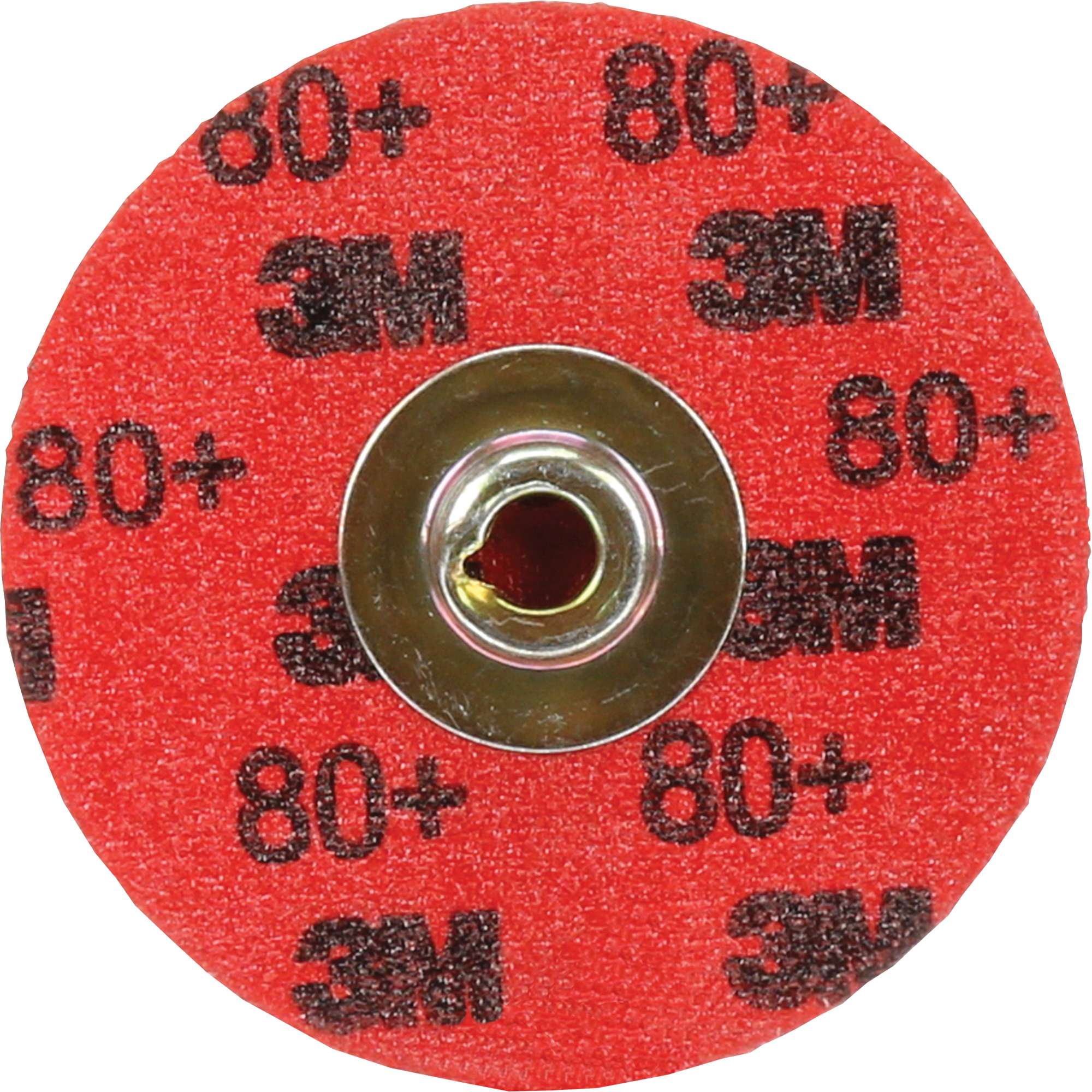Sandpaper is divided into various types of sandpaper according to the different materials to be sanded, including 세라믹 플랩 디스크, emery paper, glass sandpaper, dry sandpaper and so on. Among them, ceramic flap disc is widely used in the grinding and polishing of board industry, wood industry, metal industry, plastic industry and other industries. Dry sandpaper is used to sand the surface of wood and bamboo, and Water sandpaper is used to polish the surface of metal or non-metal workpieces in water or oil.
Classification of sandpaper
- Sponge sandpaper
This kind of sponge sandpaper is mainly suitable for sanding smooth and round parts, and various materials can be used. The sanding process of sponge sandpaper has the characteristics of high production efficiency, good surface quality of processed objects, and low production cost. It is especially widely used in the production of furniture industry. The final surface quality of furniture products is closely related to the sanding process, and sponge sandpaper is the main tool for sanding.
- Dry abrasive paper
Dry sanding paper is made of synthetic resin as a binder, and then silicon carbide abrasives are bonded to latex, and then coated with antistatic paint. This type of sandpaper has the advantages of anti-clogging, anti-static, good softness, and high wear resistance. It is available in various finenesses and is suitable for sanding on metal surfaces, putty and paint. Dry sanding paper is generally made of special kraft paper and latex paper, natural resin and synthetic resin as binder, and is made by advanced high static sand planting technology. This product is widely used in furniture, decoration and other industries due to its advantages of high grinding efficiency and not easy to stick chips.
- Water-resistant abrasive paper
Fine texture, water abrasive sandpaper is suitable for polishing some fine texture things, and suitable for post-processing. Water abrasive sandpaper has a small gap between the sand grains and small abrasive debris. When it is used with water, the debris will flow out with the water, so it should be used with water, if dry grinding with water-resistant sandpaper, the debris will stay in the gaps between the sand grains, making the surface of the sandpaper smooth, thus achieving less than its original effect. And dry sanding paper is not so troublesome, the gap between the sand grains is large, and the debris that comes out is also large, and the debris that enters during the grinding process will also fall due to the large gap, so it does not need to be used with water.

The abrasive used in 3M 984F ceramic flap disc is the second-generation ceramic alumina abrasive that is precisely preformed, with sharp toughness, strong cutting force and good heat dissipation performance; Provide greater support to ensure cutting efficiency. Therefore, ceramic flap disc has excellent performance compared with traditional abrasives in various metal surface treatment, deburring, welding seam removal and residue removal.
Select grit material
Factors that affect sanding success include not only the grit size of the sandpaper, but also the type of abrasive. Certain types of grit particles work better with smooth and sand-type materials (for example, wood and metal). Most manufacturers list the most suitable type of material for sanding on their product labels, but before we shop, it will be more helpful for woodworking to know the type of material for sandpaper.
Corundum: A natural grain, corundum abrasive paper is often used to remove corrosion and polish steel and other metals. The edges of its grain may be too sharp for sanded wood.
Garnet: Garnet is another natural grain that is slightly softer than emery and has rounded edges that produce a smoother finish. But it also means sanding is slower and the paper will wear down faster, making it a great choice for final sanding.
Alumina-Zirconia: This durable synthetic grit is great for deburring metal and for initial rough sanding of wood. When sanding metal with zirconia alumina, the grit actually gets sharper so you don’t have to change the sandpaper as often.
Aluminum Oxide: Aluminum oxide is a very durable synthetic grit ideal for sanding and polishing all types of metals, including bronze and alloy steel, and is another common type of sandpaper used for woodworking projects. This is the most common type of paper used in power sanders. Alumina is more durable than garnet paper, but has a poor finish.

Silicon Carbide: Silicon carbide is a very hard abrasive used primarily for conditioning or “wet grinding” metals with water as a lubricant. Although some advanced finishes use silicon carbide paper, it is not commonly used by woodworkers and can be used for sanding metal woodworking tools.
Ceramic flap disc is a very hard abrasive. It can be used for quick removal of wood, such as belt sanders and grinders. Ceramic flap discs are durable and expensive, but don’t produce a very smooth surface, so be careful when using ceramic flap disc, especially with plywood and veneers, they can quickly sand down and destroy the surface layer.
Ceramic flap discs are made from some of the most durable abrasives available and can remove large amounts of rough material in a short amount of time. Ceramic flap discs are commonly used with belt sander belts, but are sometimes used for hand sanding of wood. Ceramic flap discs often leave a very rough finish, so be careful when using ceramic sandpaper, especially on plywood or painted surfaces, it can quickly go through the finish layer and damage the work itself.
주하이 신홍루이 연마재는 전문가입니다. 3m 401q Abrasive paper manufacturer. We purchase raw materials in large quantities from 3m company to meet customers’ customized size requirements. The factory has 12 machines for the production of abrasive belts, sandpaper and 3m foam composite pads. Each machine is in charge of a dedicated person and requires regular maintenance. Ensure that everything goes smoothly during the production process and improve efficiency. You are welcome to come to consult.







